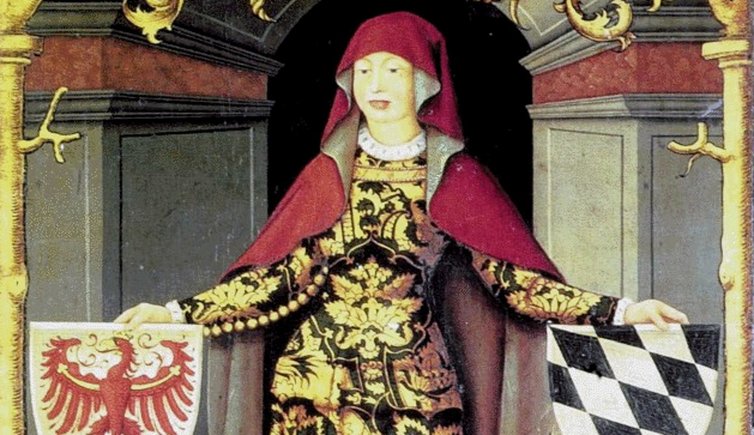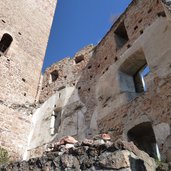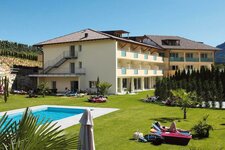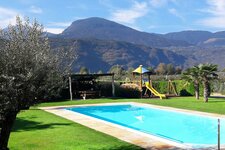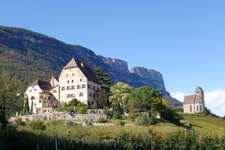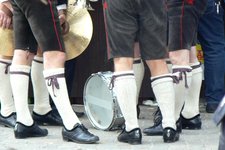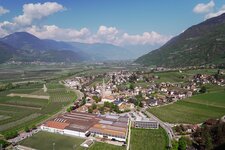The Countess of Tyrol from the House of Gorizia - nicknamed Margarete Maultasch - loved to reside on Casanova Castle
Image gallery: Margaret, Countess of Tyrol
Margaret, the famous Countess of Tyrol, is still present in South Tyrol. The pleasant Margarete Trail near Terlano, for example, remembers the countess and leads to Casanova Castle high above the Valle dell’Adige valley. Margaret was born in 1318. Already at the tender age of 12, she was married to the eight year old John Henry of Luxembourg. Some years later, in 1335, Margaret’s father - Duke Henry of Carinthia, also landgrave of Carniola, Count of Tyrol and former King of Bohemia - died.
As recorded in a contract between Duke Henry of Carinthia and King Louis IV the Bavarian, his daughter should carry on his legacy. Her young husband, however, deported himself as he was the Count of Tyrol, and Charles - later on Charles IV, Holy Roman Emperor - came to advice his brother. Margaret and the Tyrolean nobility did not take pleasure in those happenings and started scheming a plan in order to banish John Henry from the country. In 1341, she announced that the marriage had never been fulfilled, and her husband - turning back from hunting - stood in front of closed castle gates. Also any other castle in Tyrol denied him access.
Another sensation was caused by the marriage of Margaret with Margrave Louis I of Brandenburg, son of the Emperor, in Merano one year later, despite of admonishments of the Curia. The Tyrolean nobility supported her decision, but Pope Clement IV was not able to cancel her first marriage, banned Margaret’s second marriage and pronounced an interdict over Tyrol. By the intervention of John Henry, however, her marriage was finally divorced in 1349. Only 10 years later - under Pope Innocent VI - also the ban was lifted. Margaret’s only son Meinhard III from her second marriage died four years later at the age of 19.
Margaret, Countess of Tyrol, spent her last years in exile in Vienna and died there at the age of 51 in 1369. There are various explanations for her nickname “Maultasch”: In colloquial language, Casanova Castle near Terlano is called “mala tasca”, which means mousetrap, due to the customs station that was located right below. That’s the most plausible interpretation. But the term “Maultasch” also used to mean “licentious woman”, a papal and bohemian propaganda to harm Margaret. As a result, the sovereign princess was often depicted ugly in paintings, which, as we know today, did not correspond to the truth…
